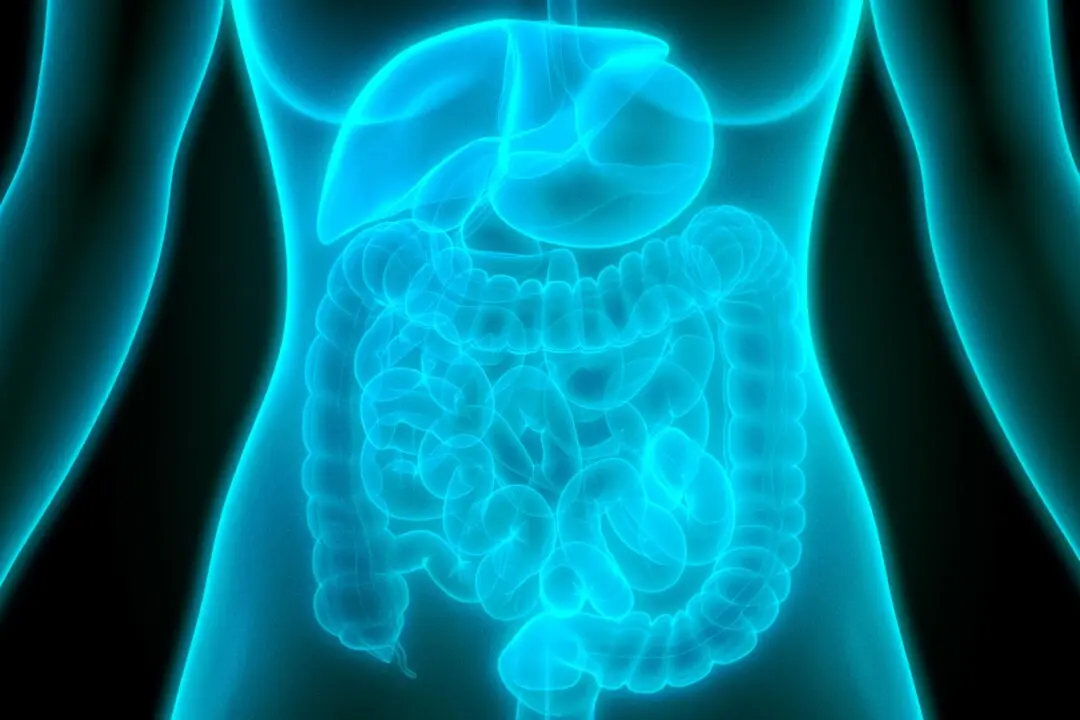North Korea reported 15 new suspected COVID-19 deaths and 296,180 more people with “fever” symptoms nationwide, state media said on May 14, raising the nation’s death toll to 42 since it entered a state of emergency late last week, according to South Korea’s Yonhap News.
On May 12, North Korea declared a “severe emergency” after acknowledging its first official cases of COVID-19, with leader Kim Jong Un ordering a nationwide lockdown.





